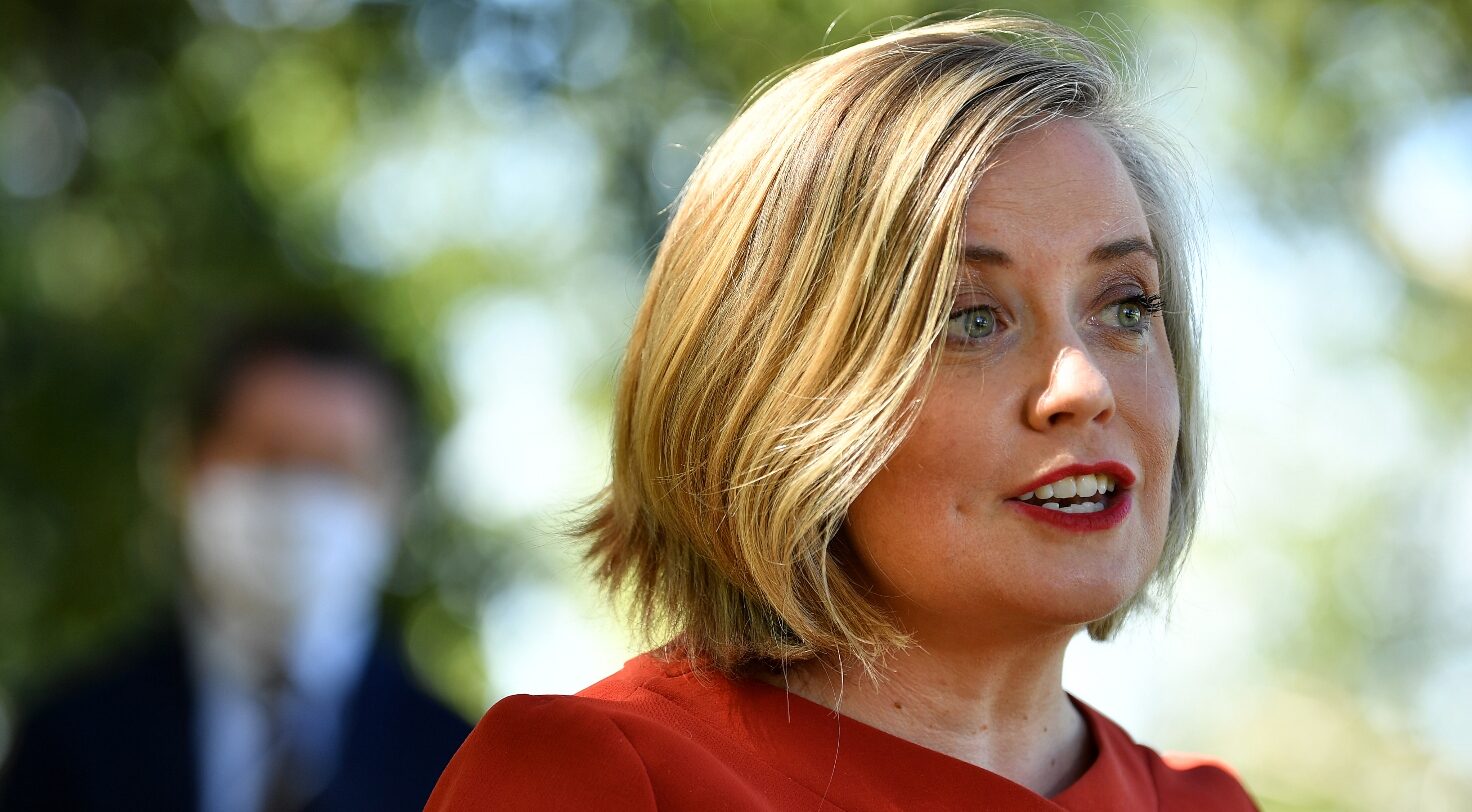
QANDA: Urban density vs restricted development
Urban population is rising and this has been mirrored by an increase in development in the City area. Subsequently this has raised issues such as sustainability, adequate planning processes, and climate change. This week I ask the candidates their view on urban density.
Question: Do you support an increase in urban density in the inner city or do you believe development should be curtailed?
Greens candidate, De Brierley Newtown’s response:
Development should be controlled not curtailed. Urban density creates communities and saves money. People work near where they live, spend less time in their cars and CO2 emissions are reduced. Food is cheaper because we retain farmland that’s close to the city. And there are less infra-structure costs – developers do not pay for roads or transport to get people from the sprawling suburbs.
The inner city has always been densely populated which is why it’s such an interesting and vibrant place to live. However, any increase in urban density must be supported by community consultation, the consideration of open space and an increase in infrastructure. We should also be creating compact regional centres on the same principles.
Liberal candidate, Adrian Bartel’s response:
Much of the public concern about increased density and populations in their communities is, I believe, really a concern about a lack of proper planning, consultation, and infrastructure. Potts Point and surrounding areas show that high density and a high quality of life are compatible.
Wherever possible, there should be a focus on increasing density in the existing footprint of the greater Sydney area. But this has to be managed in sympathy with the local community’s wishes, and take into account such factors as the heritage value of existing suburbs. This means that suburbs such as Paddington are not appropriate for apartment blocks, but areas such as Alexandria and Zetland are
Labor candidate, Sacha Blumen’s response:
This issue is not an “either, or” or “zero sum” consideration – it’s about getting the mix right. Moreover, this issue is not about a politician fixing a desired population density; it’s about people being able to choose their living preferences – high, medium or low density – in development appropriate to the area.
Sydney’s population is projected to increase by 57,000 people annually for the next two decades – 770,000 additional homes by 2036. Some of these new homes could be built in inner Sydney provided heritage and local amenity concerns are addressed.
It makes little sense to restrict development in inner Sydney while allowing it to occur in elsewhere in Sydney. Doing this would likely increase traffic congestion, greenhouse gas emissions and reduce Sydney’s liveability.
Current Sydney MP, Clover Moore’s response:
Well planned urban consolidation is essential to address global warming and population growth – it reduces the need to clear land, protecting the Sydney basin – our food bowl, and enables people to live close to public transport, employment and education opportunities.
However, urban consolidation is only sustainable if it is supported by increased public open space; increased and improved public transport; strong energy and water efficiency requirements; and laws protecting the amenity and rights of apartment owners and occupants.
My private members bills on strata will improve management, amenity and dispute resolution for apartment dwellers. I continue to defend public open space and expand Sydney’s parks; to push for higher BASIX targets; and further embed sustainable development – key to Sustainable Sydney 2030 – in our new planning controls and across City operations.
If you have a question for the candidates, email: citynews@alternativemediagroup.com









